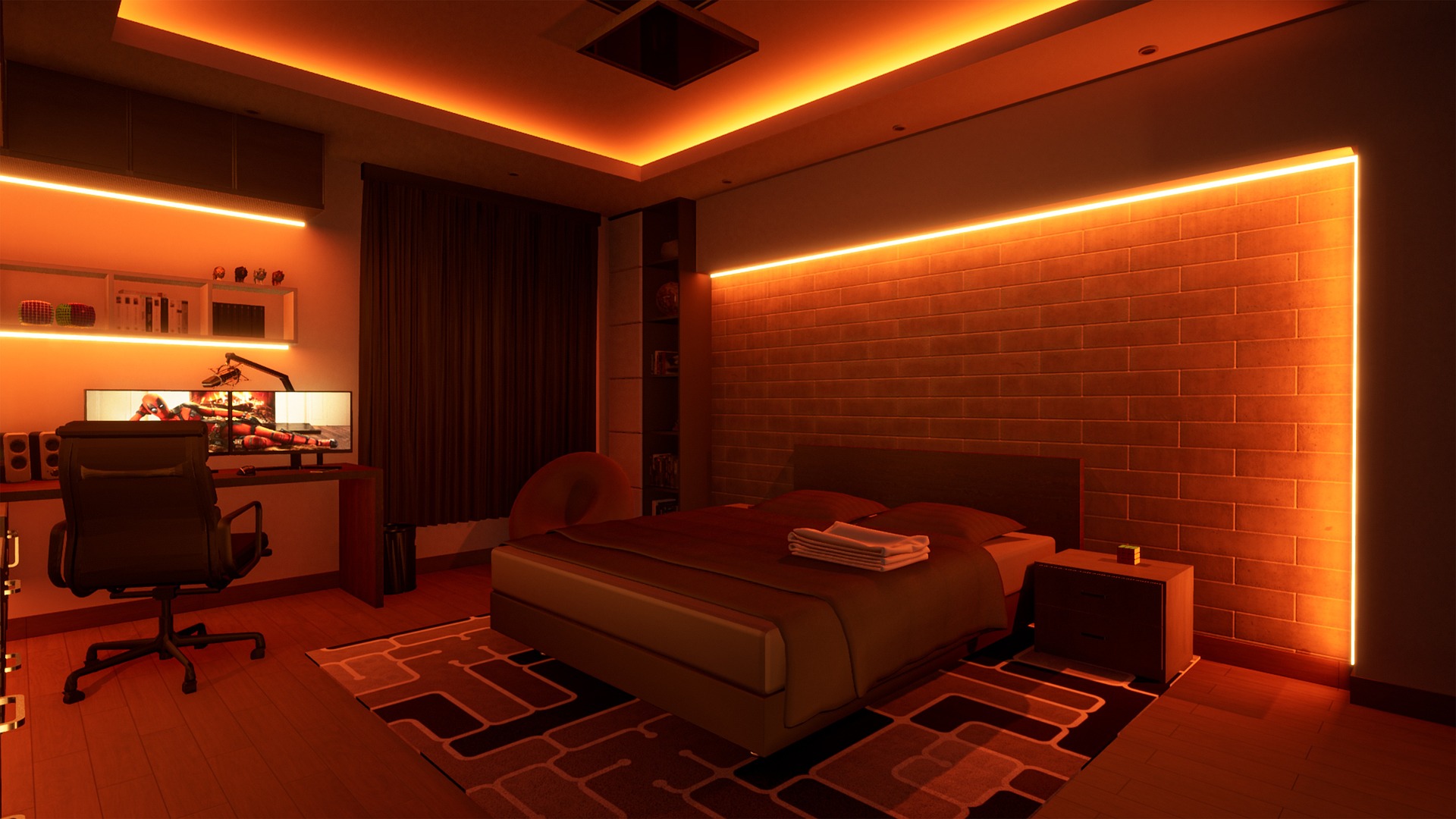Bedrooms: Practical Furniture, Storage and Wardrobe Ideas
A well-planned bedroom balances comfort, function, and personal style. Beyond sleeping, modern bedrooms often serve as dressing areas, small workspaces, or quiet retreats, so decisions about furniture, storage, and wardrobe layout influence daily routines and how the space feels. Thoughtful choices—about bed placement, multiuse pieces, and interior colors—can make small rooms feel larger and keep storage efficient. This article outlines practical approaches for arranging furniture, creating effective storage, choosing a wardrobe, and refining interior details so a bedroom works better for everyday life.

How to arrange bedroom furniture?
Arrange furniture to support movement and primary use. Start by placing the bed first: center it on the longest wall or opposite the door if space allows, leaving clear circulation on at least one side. Keep pathways to windows, wardrobes, and doors unobstructed. Position bedside tables within arm’s reach of the bed for lamps and essentials. If the room includes a desk or seating, group furniture to create distinct zones; for example, place a reading chair near a window and the desk against a wall with good light. Scale matters: choose furniture proportional to the room and avoid oversized pieces that dominate smaller bedrooms.
How to maximize bedroom storage?
Maximizing storage in a bedroom means using vertical and hidden spaces. Under-bed storage—drawers, boxes, or a platform bed with built-in compartments—adds capacity without extra floor footprint. Wall-mounted shelves or cabinets free floor space and provide display or concealed storage. Use multi-functional furniture such as ottomans with storage, beds with headboard compartments, or nightstands with multiple drawers. Declutter regularly and use organizers: drawer dividers, hanging shelf units, and labeled bins help keep items accessible. For seasonal items, consider vacuum-seal bags or high shelving in wardrobes to free daily-access space.
Choosing a wardrobe for your bedroom
Select a wardrobe that matches storage needs and available space. For smaller rooms, sliding doors save clearance; mirrored fronts add light and perceived depth. Internal organization is key: a mix of hanging rods, shelves, drawers, and shoe storage creates flexibility. Modular or custom wardrobes let you tailor proportions for long coats, folded knitwear, and accessories. Consider material and finish for durability and maintenance—laminate, veneered wood, or painted MDF have different care requirements. If a built-in wardrobe isn’t feasible, a freestanding armoire or garment rail with storage boxes can serve as a practical alternative.
Bedroom interior: color and lighting choices
Color and lighting set the room’s mood and perceived size. Lighter, neutral colors reflect light and make spaces feel larger, while accent walls or saturated hues can introduce depth without overwhelming. Layer lighting: ambient ceiling light, task lighting by the bed or desk, and accent lights near artwork or shelves. Use dimmable fixtures to adapt brightness for reading or relaxation. Window treatments—blinds, curtains, or shades—control natural light and insulation. Textiles such as rugs, bedding, and curtains add warmth and acoustic softness; choose fabrics that balance aesthetics with ease of cleaning.
Furniture for small bedrooms and multipurpose use
In small bedrooms, choose compact, multifunctional furniture to preserve usability. Loft beds free floor area for desks or seating beneath; fold-down wall desks provide work surfaces that disappear when not needed. Narrow, tall dressers use vertical space for storage while keeping a slim footprint. Nesting or stackable bedside tables and wall-mounted nightstands reduce clutter. Prioritize pieces with built-in storage—beds with drawers, benches with lids, and headboards with shelves. Keep circulation routes clear and use consistent color palettes to create a calmer, more cohesive interior that feels less crowded.
A functional bedroom combines practical furniture choices, efficient storage solutions, and interior details that reflect how the space is used. Prioritize circulation and lighting, choose wardrobes and storage tailored to your habits, and consider multifunctional furniture in smaller rooms. With careful planning and organization, a bedroom can be both restorative and highly usable without sacrificing personal style.






